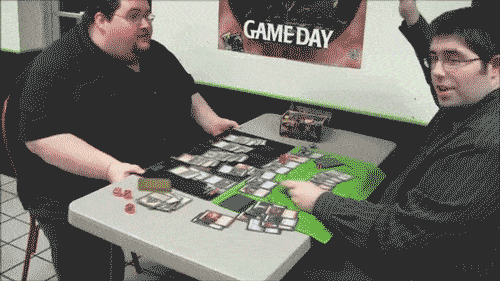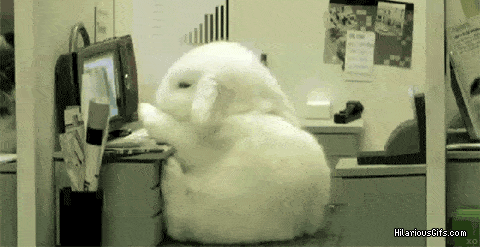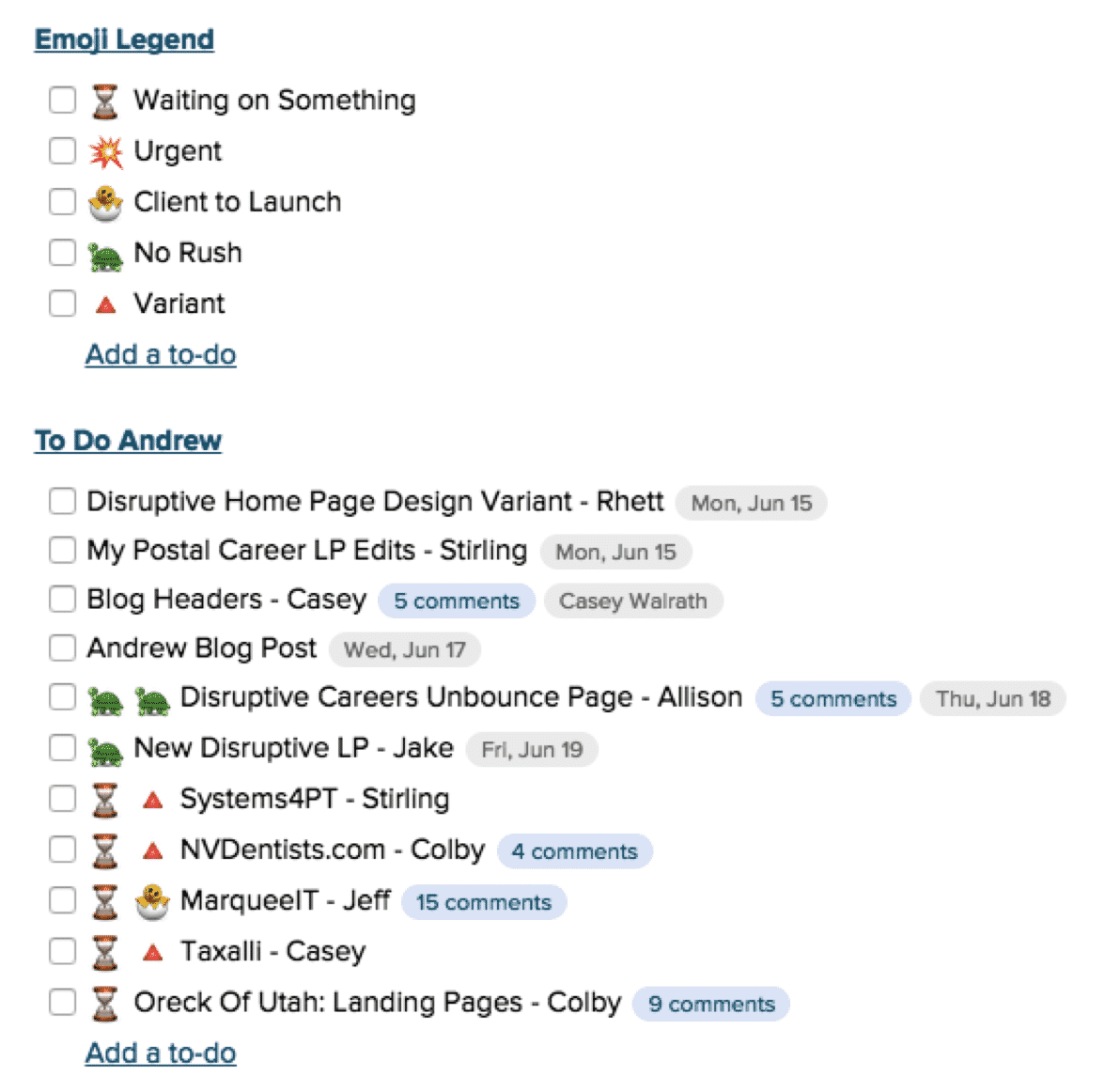6 Tips to Keep Your Design Team Productive
by Allison Otting • June 12, 2015
Want to learn more about your company? Watch what they do during their breaks.
At Disruptive Advertising, there are a few different patterns of behavior. The account managers are competitive and play ping pong and wiffle ball to show each other who’s boss. The sales guys are pretty busy, but when they’ve got a second to spare, they make us all laugh with their stories and jokes.
As for us designers? Lately we’ve been playing Magic the Gathering at lunch or taking a half day to go to the zoo.
Designers are a different breed of people. We think about the world differently than other employees. We’re motivated by different priorities. So, if you want the to get the best out of your your creative team or agency, you have to know how to efficiently work with your design team.
Here are 6 ways to keep your designers happy and productive.
1. Establish a Good Creative Brief
At Disruptive, we use the same creative brief template for every project. It establishes who the project is aimed at, what it will say and when it needs be completed. It’s also allows our account managers to provide the designers with images or copy.
Talk to your design team and decide whether a written or verbal creative brief will work best for your team.
Over time, you’ll learn what’s essential to know in the beginning of a project and what information is unnecessary, so you want to make sure your initial template is flexible enough to evolve with your company. There might be a few misunderstandings along the way, but crafting the perfect brief will make your designers happier and much more efficient.
2. Set Deadlines
Always establish two deadlines for your projects: a soft deadline and a hard deadline. It lets the designer know how much flexibility and urgency there is, which is essential when they’re juggling multiple design projects at once.
The soft deadline is when you would like to have the project done. Often, companies severely underestimate the amount of time it takes to put good creative together. We’re good, but we’re not always that good. On the other hand, an aggressive soft deadline can help your design team prioritize, so it’s important to let them know what you are shooting for.
In addition to the soft deadline, the hard deadline gives the design team something concrete to work around. We often have a lot on our plates, so knowing which projects need to be completed when is incredibly helpful.
3. Avoid Rush Jobs
Emergencies always pop up. There have been nights where another designer and I have stayed at work until 11:00 pm just to turnaround a project.
This sort of lifestyle is fairly standard in a college art program, but it gets tiring really quick when it happens every day at work.
One of the best way to avoid rush jobs is to make sure we stay on top of all our current assignments. That way, nothing falls through the cracks.
At Disruptive, we use Basecamp to organize and prioritize tasks for each designer. You can post creative briefs on each comment, and communicate back and forth until the project is done. This makes sure that no project gets left behind.
The occasional “I need this in an hour” project is unavoidable, but make sure you’re being realistic with your team. The best thing you can ask yourself is “Will it be okay if it’s done tomorrow?” If the answer is “yes,” give your designers enough breathing room to do a great job.
4. Set Aside Time for Revisions
The biggest mistake that you can make with a creative project is not leaving time for revisions. If you need to present something for approval, set your deadline at least a few days before it needs to launch.
The adequate revision time will give your designer some breathing room, and will leave you a lot less stressed as your deadline approaches.
5. Trust Your Designers
Design can be hard because it’s largely subjective. Everyone has an opinion no matter how much training or experience they might have.
That being said, there are basic design principles that are true for every design. An experienced designer will know how to make your project functional and a joy to look at if you trust their choices. Some of the biggest clients I have ever worked with put the majority of website design decisions in my hands, while family and friends sometimes struggle to trust me with their Christmas cards.
Be very picky when you’re assembling your creative team; but, once you’ve got the right people in place, let them do their thing.
If you’ve hired a good team, the only real time to fight with your designers is when you have information they lack. For example, you may be aware of design elements that have been proven to work in the past. These should be based on excellent data. Additionally, if there are elements that you know your client or customer will not jive with, those are well worth bringing up.
Overall, battles are best fought when you have a solid reason to back it up rather than personal preference. If it’s a matter of taste, remember, you hired your designers for a reason. Empower your designers and you empower yourself.
6. Play to Their Strengths
Every designer is going to have their specialties. They might great at illustrating, video editing, photography, typography or interactive web design. Think carefully about your designers’ general aesthetic and skills before assigning a project, or modify what you’d like done to conform around their strengths. It’s a formula for faster turnaround and quality work.
Conclusion
Your design team is responsible for how you are perceived by your customers and clients. As a result, you need quality work. To get it, though, you need to understand what makes your creative team tick and how to keep them productive. At Disruptive, we’ve got a great dynamic between our design team and the rest of the company—one that’s evolved out of applying each of these 6 tips.
I’d love to hear your thoughts. What do you do to keep your creative team happy?








